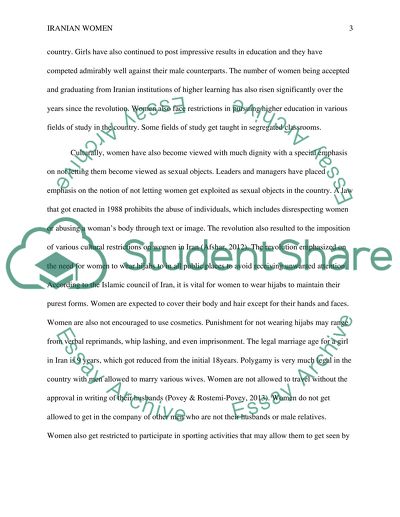Cite this document
(“Iranian Women Essay Example | Topics and Well Written Essays - 1250 words”, n.d.)
Retrieved from https://studentshare.org/gender-sexual-studies/1496971-iranian-women
Retrieved from https://studentshare.org/gender-sexual-studies/1496971-iranian-women
(Iranian Women Essay Example | Topics and Well Written Essays - 1250 Words)
https://studentshare.org/gender-sexual-studies/1496971-iranian-women.
https://studentshare.org/gender-sexual-studies/1496971-iranian-women.
“Iranian Women Essay Example | Topics and Well Written Essays - 1250 Words”, n.d. https://studentshare.org/gender-sexual-studies/1496971-iranian-women.


